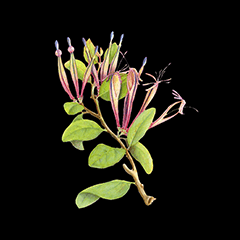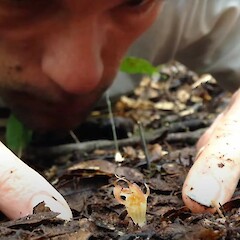The New Zealand Plant Conservation Network was established in April 2003 and has since grown to more than 1,000 members worldwide. The Network’s vision is that “the rich, diverse and unique native plant life of New Zealand is recognised, cherished and restored”.
How we work
Our unique strength is in linking people interested in plant conservation with comprehensive, accessible and accurate information to support their efforts in promoting and conserving native plants. By fostering plant identification and conservation skills, providing an online one-stop shop for conservation best practice, and emphasising the importance of working together, our vision can be achieved. Our role is to facilitate and advocate for plant conservation as well as providing information and support to plant conservation practitioners, landowners and managers.
Our biennial conferences are highly regarded as the best place to meet people who are passionate about plant conservation and to network and collaborate on shared issues and challenges. Our website and newsletter Trilepedia are leading sources of up-to-date information about native plants and their conservation in New Zealand.


